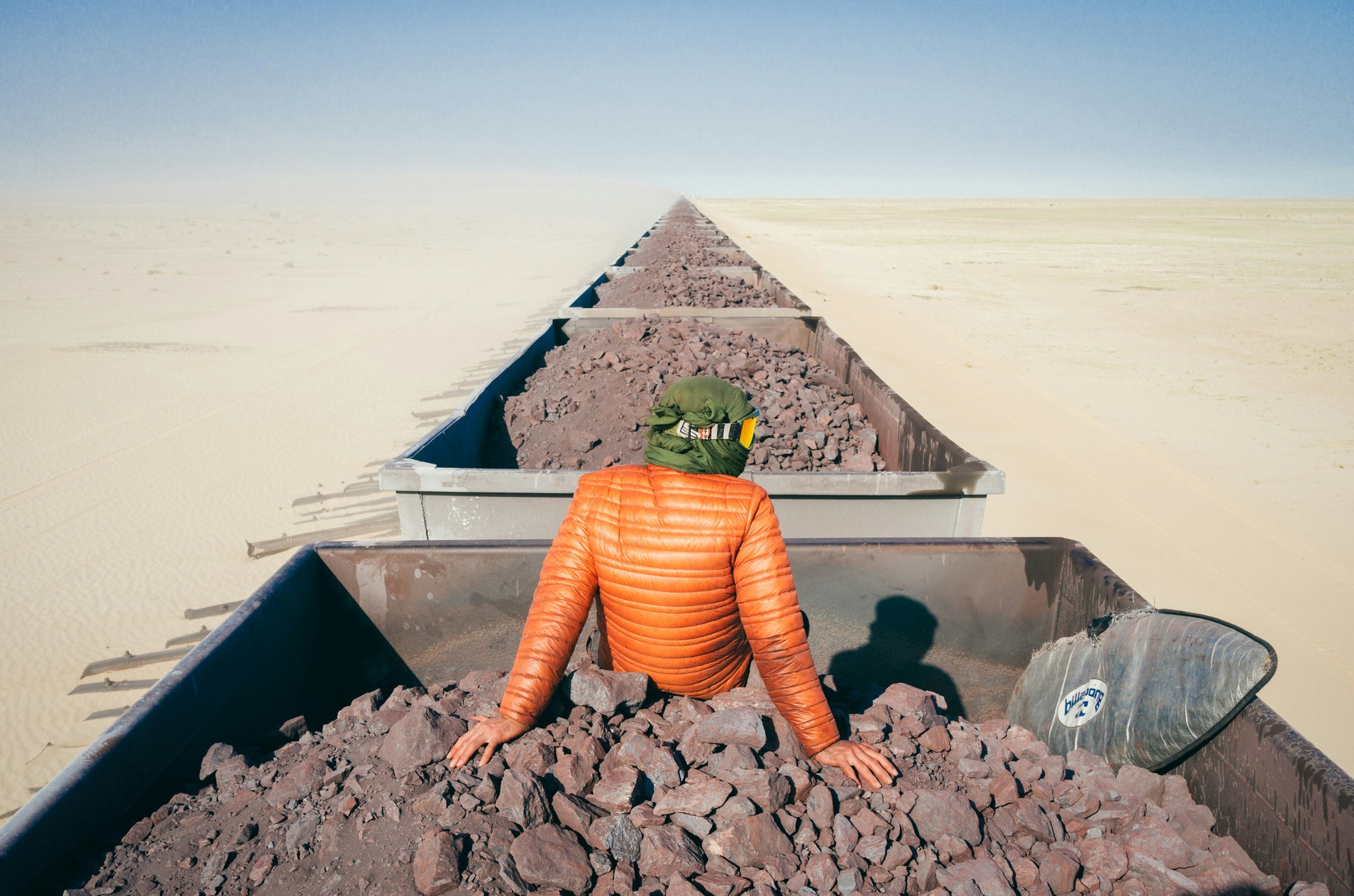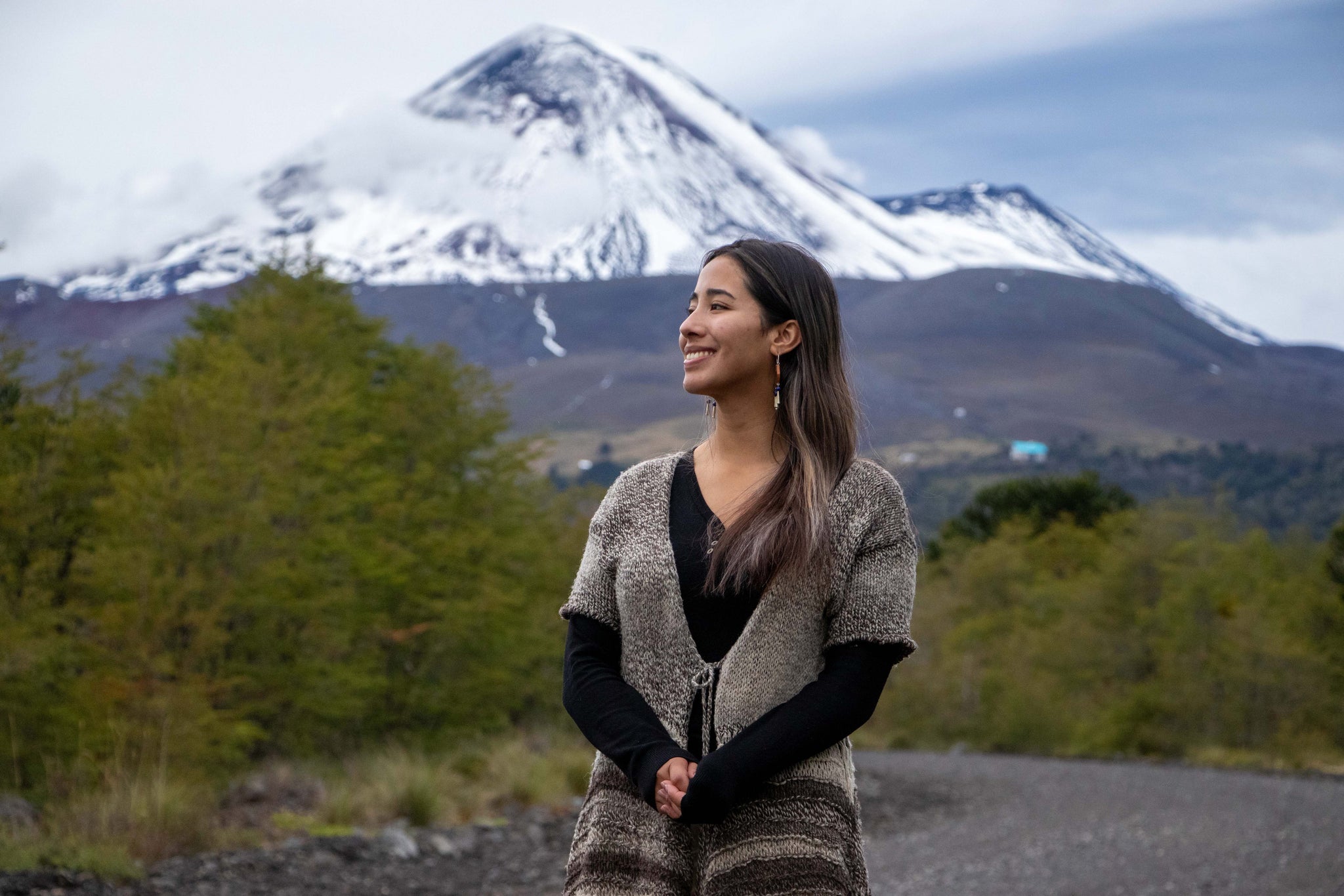
08/2020 Escape visual culture
Once a thriving forest spread across 2,000 miles of Brazilian coastline, The Atlantic Forest is the most abundant biodiverse land in the nation, but also the forest most in peril. Three centuries of urban sprawl and deforestation have resulted in only 12.4% of the original forest remaining. Farming and logging are soaring at an alarming rate while politicians fail to pay these actions the attention it’s due. Social commentator Renato Stockler has been documenting local communities resisting deforestation, but fears it may already be too late for the forest.
To put the scale of this issue into a dimension, Brazil has deforested 11% of its forest area between 1985 and 2017. In total, that is equivalent to the territory of France. Of this total, 61.5% were forest losses in the Amazon, its most extensive and, until recently, the most untamed forested region. But damage occurring to the Atlantic Forest is a story falling short on most newsreels. Roughly equivalent to 15% of Brazil's landmass, spreading over 17 states, and the home to 72% of the population, and 70% of GDP—the forest has suffered in favor of economic prosperity. São Paulo, Rio de Janeiro, and Belo Horizonte sit in the carcass of the former woodland.

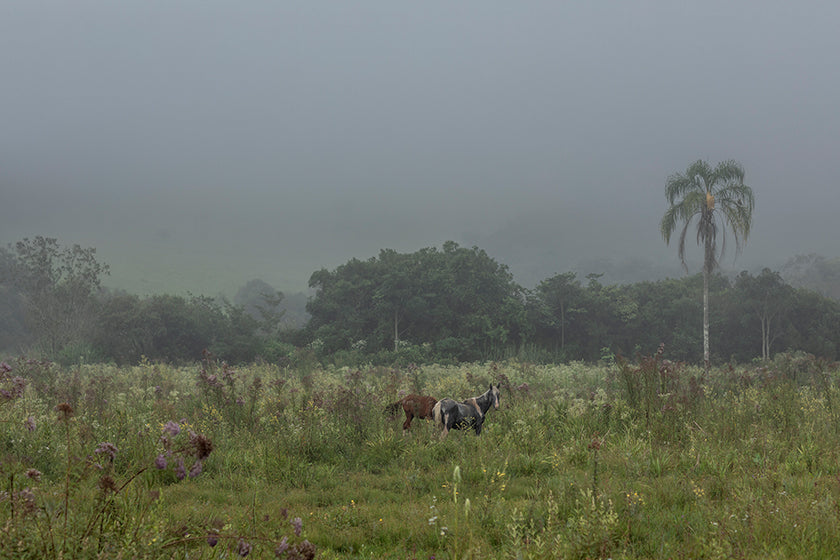
The Atlantic Forest, known locally as Mata Atlânica, is Brazil’s richest and most threatened forest land. (Photo: Renato Stockler)
Stockler, a journalist and photographer, explains that only 2% of the forest is in protected units such as parks or biological reserves. This far short of the 17% protected coverage established in the goals of the Convention on Biological Diversity and ratified by the Brazilian government. While 90% of the forest is in private areas. The area was divided into 245,000 fragments across the country. Having spent decades reporting on Brazilian injustices and environmental issues, he says vegetation used to cover 1.3 million square kilometers. "What was once the second-largest biome in South America now boils down to 12.4% of its original coverage," he describes.
Legal and illegal deforestation, national corruption, and an oppressive system not shy of violence have uniformly collided to suppress any potential change
A complex trajectory in Brazilian economic development is at fault. He says the budgetary bases have long relied on commodities and export. The federal government failed to adopt new sustainable industries and is now applying pressure on organizations trying to bring new, sustainable alternative systems to the Atlantic Forest. Stockler says the government has cut funds of public organizations and introduced a hiring freeze on environmental services, almost blocking all opposition. "These entities don't have the same reach as federal authorities to establish regulated land occupation to preserve forest resources," he says. "Today we have institutional policies that “let the cattle go by,” which means, do not worry about the standing forest and the laws."
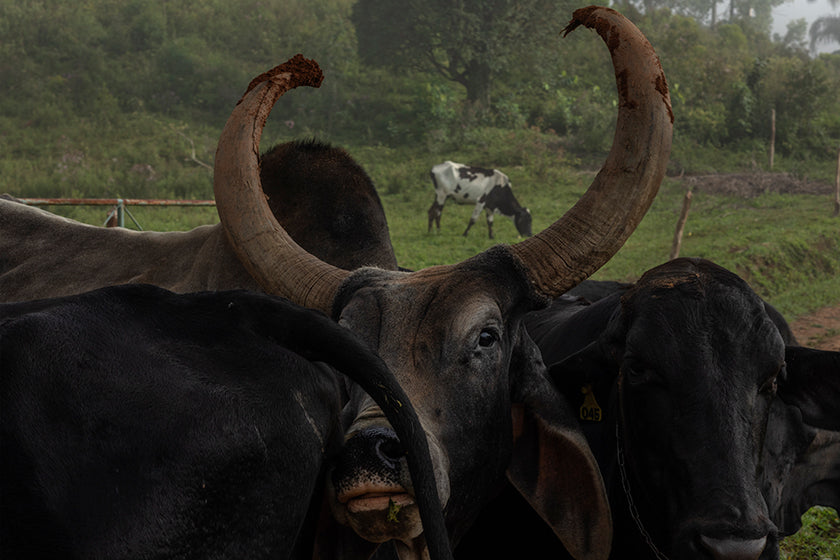
The forest has endured three centuries of deforestation to make way for grazing land and farming. Locals rivers, springs, and streams have almost run dried as the landscape has been forced to change. (Photo: Renato Stockler)
"An economic tug-of-war is crippling the preservation of the forest," he explains. Brazil has many structural problems in the formation of its history. Like racism, land concentration is also a source of profound social and economic inequalities, fostering a policy of violence in the countryside and around forests. Large landowners guarantee strong political representation in the legislative and executive branches, managing government agendas that are often against forest preservation.
Legal and illegal deforestation, national corruption, and an oppressive system not shy of violence have uniformly collided to suppress any potential change. The absence of institutional policies to monitor and recover the forest makes the task almost impossible. "The chances of real change in the deforestation of forests are more linked to effective institutional actions and policies for research, control, inspection, investigation, and criminalization of actions to cut down the forest," explains Stockler.
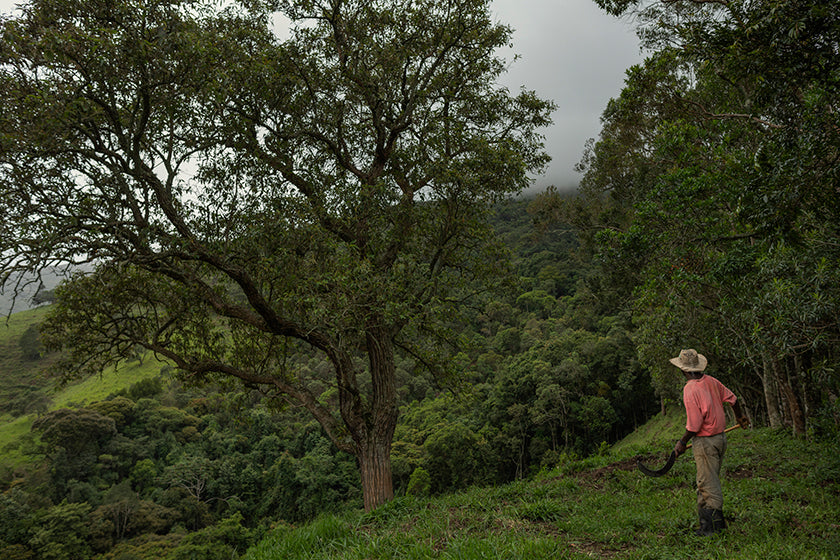
The cutting down of trees by man was considered a noble practice for most of Brazil's existence, but today the forest faces extinction. (Photo: Renato Stockler)
Throughout the military dictatorship of the 20th-century, there were policies for the occupation of forests. Civilian governments at the end of the 20th-century strengthened to develop political clout through agribusiness and cattle raising. This reshaped region and forests almost since the inception of Brazil, but the current president Bolsonaro is adding wind to the fire. "He certainly acts to accelerate deforestation in the interior of all of Brazil," he explains. According to Stockler, this is happening because:
"There is a constitutional guarantee for deforestation. The vast majority of the Brazilian population lives in large urban concentrations on the coastal strip, away from what happens in the interior. The federal communication they receive is withdrawn from the reality of the crisis. Many people believe that the vegetation cover is eternal and that its resources are also. President Bolsonaro comes to play a role in reinforcing this misconception of deforestation. The Brazilian population does not have access to real data due to the biased environmental debate. When someone attempts to do so, they are confronted with an official discourse contrary to science. Data is manipulated to dismay the real state of forests in the country. In this sense, we reproduce a State logic of denial of facts and counter-narrative about scientific research. Bolsonaro is part of this practice."
Individual civil initiatives to replant forests are scarce, especially when it comes to the time required to have a real impact on a biome
Bolsonaro's administration has disrupted the regulatory bodies for economic activities in the Amazon region, firing career technicians, and withdrawing revenue from research on deforestation. Bolsonaro was elected under this emblem of easing environmental preservation policies. With the government and media conveying on the matter, the people have been left ill-informed. A new generation is resisting the destruction. Instead, they have taken matters into their own hands in an attempt to reforest large areas of land and confronting any illegal practices.
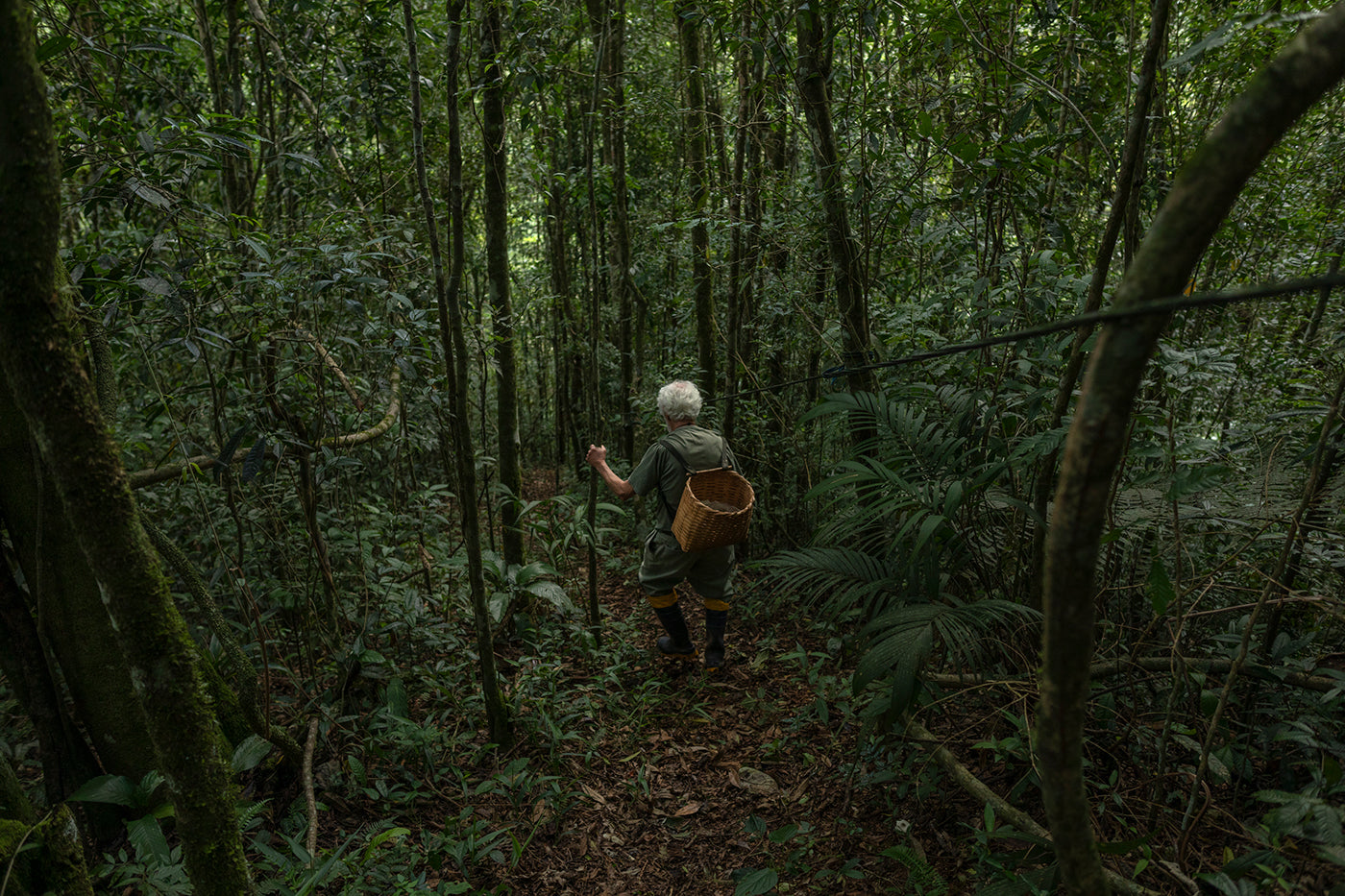
Environmentalist Lino Matheus de Sá Pereira, 74, is a forest grower. He estimates having planted 56 of the 82 hectares he preserves in the Vale das Flores since 1977 when he arrived in the region to live on a former a cable ranch. (Photo: Renato Stockler)
In 2008, Stockler first met Ricardo Cardim. He was a finalist for the Social Entrepreneur Award, a partnership between the Schwab Foundation and the Folha de São Paulo newspaper to promote social and environmental impact through social initiatives and organizations. Cardim developed extensive research on the vestiges originating from the Atlantic Forest, which contributes a lot to the understanding of the paths that the biome can follow after the acceleration of human action. His work deals with the direct impacts of deforestation in this biome and the formation of large urban centers. Today, we are experiencing a very critical environmental situation, such as the decrease in water resources and water supply to cities. And there is a connection between the lack of water in southern Brazil and burning in the Amazon.
Stockler spent the following decade examining environmental issues in more depth through his work. In 2017 he was introduced to environmentalist Lino Matheus de Sá Pereira and the forest growers of Serra da Mantiqueira, the largest and most extensive mountain complex that connects São Paulo and Rio de Janeiro. Individual civil initiatives to replant forests are scarce, especially when it comes to the time required to have a real impact on a biome. After settling in the region back in the 1970s, Lino is an individual working on a rare initiative to replant the forest.
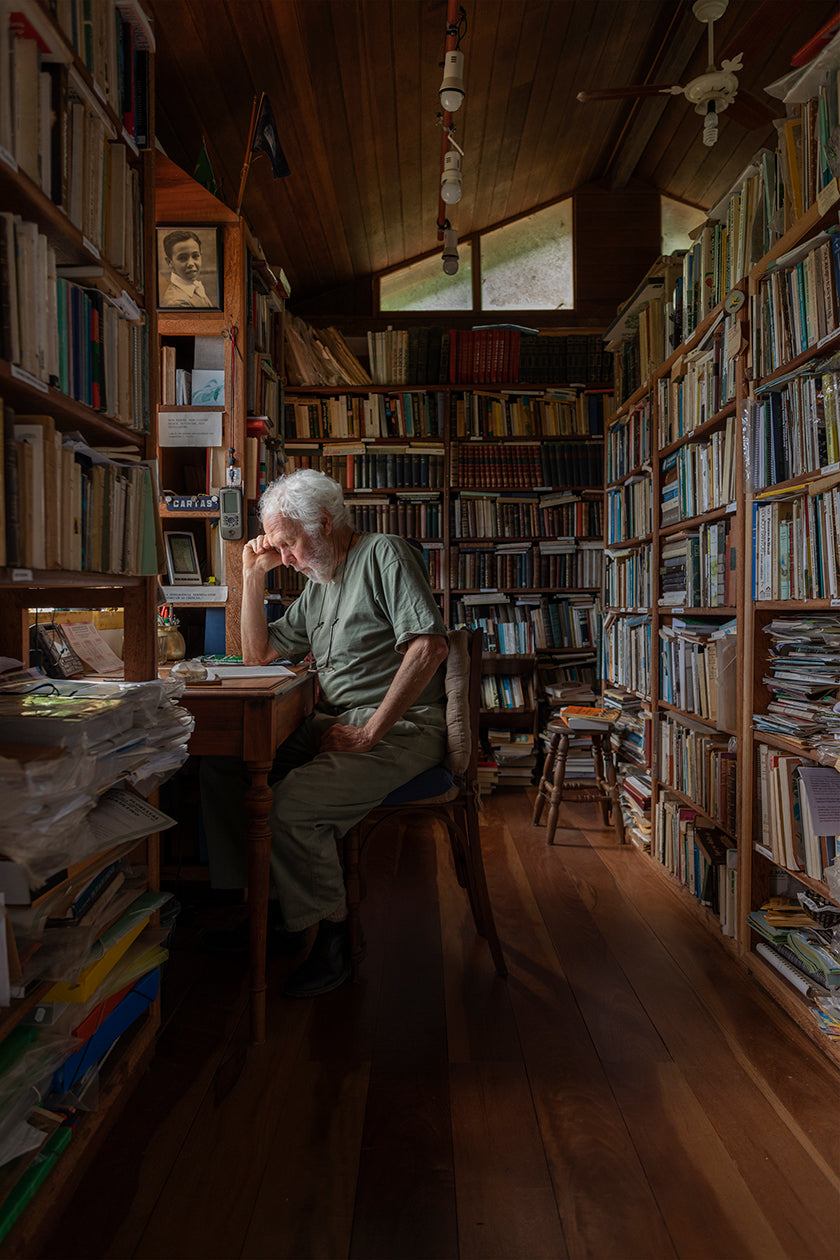
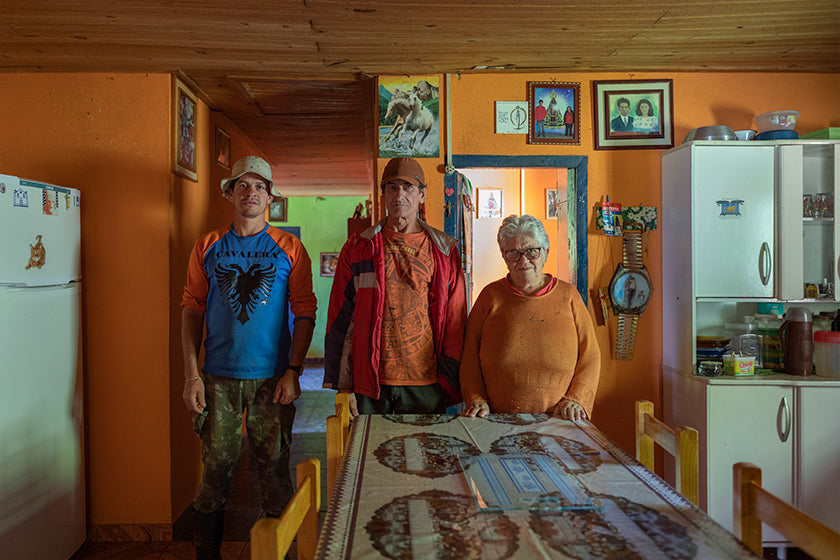
If deforestation stopped tomorrow, environmentalists predict it could take 100 years to replant and regenerate the entire forest. Forest growers have been active in this region for decades, knowing how dangerous it is to leave the forest to federal hands has defined many of their lives. (Photo: Renato Stockler)
When Lino took over the land, he began to replace pastures and degraded areas with species of native flora. He estimates to have planted 20,000 in the past three decades. Stockler says Lino has an inspiring history of fighting for the Atlantic Forest. He is self-taught, he launched himself into studying plant species and the interaction between large trees and smaller plants, even mosses and small rodents and birds, natural repositories of forests.
Full of pain and achievement, he has grown to become an influence for other people born in the region. Forest engineer Luciano Jardim followed a path like that of Lino. Luciano works in the production of seedlings and in the consultancy of forest replacement of degraded areas, companies, and small landowners who have to adapt to the preservation policies in the region. Indigenous populations and traditional peoples, long-established in forest areas, know this ancestrally. But urban citizens have become disconnected from this relationship.
They emphasize a need to communicate the value of forestry and amplify individual actions like replanters. If this does not happen, then it will be difficult for society to understand the alarming rate natural resources are being consumed in. Humanizing this will bring more closer to the debate about how we connect to an ecosystem. Presently, joint actions between public policies and civil society are the most decisive measure to reverse climate change.
Explore a selection of consciousness and sustainable titles from gestalten.














